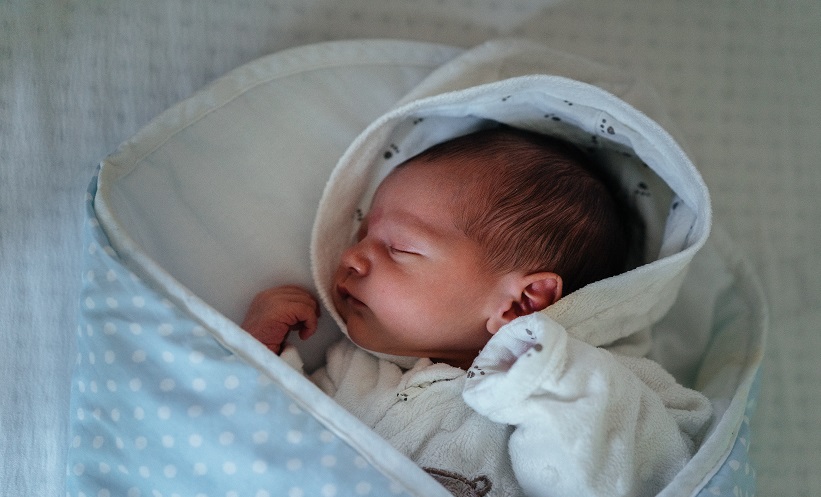A NOVEL study has indicated that fetal exposure to mother’s medication such as antiepileptics or antidepressants could affect the new-born’s brain development. The study utilised new mathematical methods that allow future research to understand how commonly used drugs or other environmental conditions affect the child’s brain.
The study was carried out at BABA Center, a research unit at University of Helsinki, Finland, and New Children’s Hospital of HUS Helsinki University Hospital, Finland. During pregnancy, mothers may require treatment for certain medical conditions such as mood disorders or epilepsy; however, these drugs could affect a new-born’s brain network functions. The researchers used electroencephalography (EEG) to measure electrical brain activity during sleep. The cortical network properties were quantified using advanced mathematical techniques.
The results revealed that during the foetal period if exposure to antiepileptics and antidepressants causes a wide range of changes in the cortical networks; however, these effects could be distinctive to the type of drug used by the mother. The effects of antidepressants were more noticeable in local cortical networks. The drug-specific effects of antiepileptics were evident on brain-wide networks. The brain networks that are responsive to changes in sleep phases were affected by both antiepileptics and antidepressants. The EEG findings demonstrated associations to children’s subsequent neuropsychological development. This EEG study provides an entirely novel way of assessing the effects of pharmaceutical medication on the development of a child’s brain function.
“Our novel methods provide a general analytical framework to support extensive future research on the questions how fetal brain development is affected by changes in intrauterine environment. Such studies may go far beyond maternal drug treatment, including also mother’s nutrition and overall physical condition, as well as myriad of further environmental factors,” said Sampsa Vanhatalo, BABA Center in Pediatric Research Center, Departments of Clinical Neurophysiology and Physiology, New Children’s Hospital and HUS Imaging, Helsinki University, and HUS Helsinki University Hospital, Helsinki, Finland.








